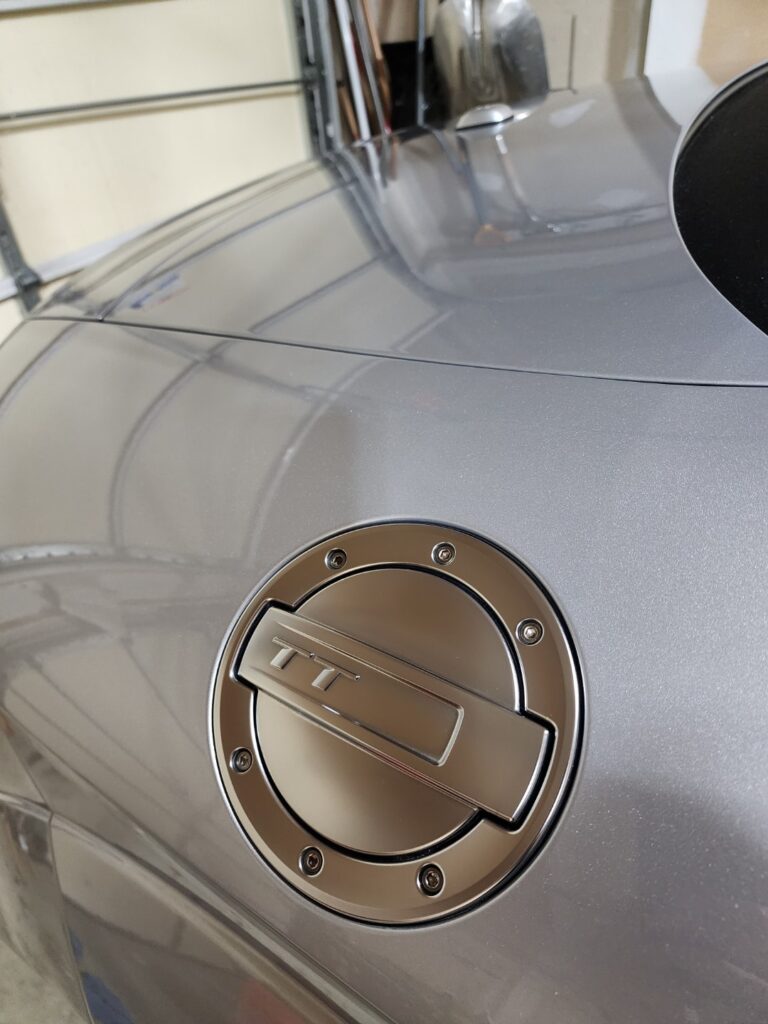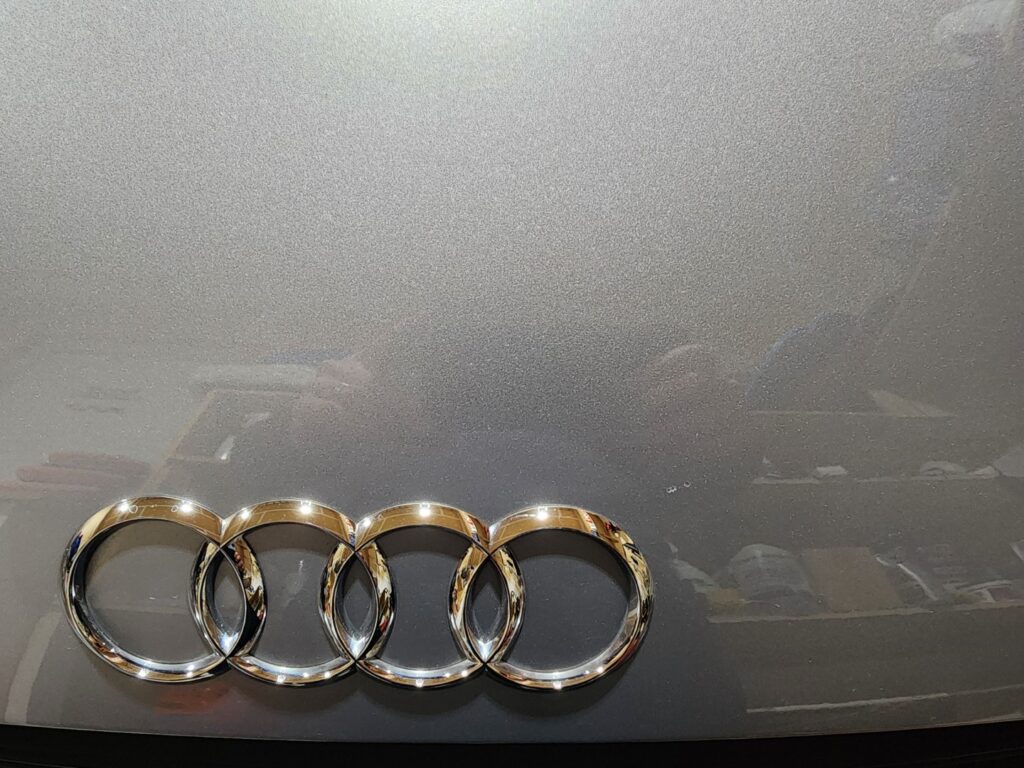
Car enthusiasts and professional auto detailers share a common goal—achieving that flawless, showroom-quality finish. In the pursuit of automotive perfection, one tool stands out: the gloss meter. Let’s dive into the world of car paint gloss meters and explore their importance in the realm of auto detailing.
I. Introduction
Car paint gloss is more than just aesthetics; it’s a reflection of the vehicle’s overall health and care. A glossy finish not only enhances the visual appeal but also protects the underlying paintwork from environmental elements. In the competitive world of auto detailing, understanding and measuring gloss accurately is paramount.
II. Understanding Gloss Meters
What are Gloss Meters?
Gloss meters are devices designed to measure the specular reflection of light from a surface. In simpler terms, they quantify the shininess or reflectiveness of a painted surface.
How Do They Work?
These instruments utilize photodiodes to detect the amount of reflected light at a specific angle, providing a numerical gloss value.
III. Significance in Auto Detailing
Achieving a Professional Finish
Gloss meters play a pivotal role in helping auto detailers achieve a professional finish. By quantifying gloss levels, detailers can tailor their polishing and waxing techniques for optimal results.
Impact on Resale Value
A glossy, well-maintained exterior can significantly enhance a vehicle’s resale value. Prospective buyers often associate a glossy finish with meticulous care and attention to detail.
IV. Types of Gloss Meters

Reflective vs. Refractive Gloss Meters
Reflective gloss meters measure light reflected off the surface, while refractive gloss meters assess the bending of light as it passes through a transparent medium.
Portable vs. Benchtop Gloss Meters
Choosing between portable and benchtop gloss meters depends on the specific needs of an auto detailing operation. Portable meters offer convenience, while benchtop models provide precision.
V. Choosing the Right Gloss Meter
When selecting a gloss meter for auto detailing, factors such as measurement angle, accuracy, and ease of use come into play. It’s essential to match the gloss meter with the specific requirements of the job.
VI. How to Use a Gloss Meter Effectively
Step-by-Step Guide
Using a gloss meter involves several steps, including calibration, measurement, and interpretation. Detailers should follow a systematic approach for accurate readings.
Common Mistakes to Avoid
Misuse or improper calibration can lead to inaccurate gloss readings. Avoiding common mistakes ensures reliable and consistent results.
VII. Maintenance and Calibration
Regular maintenance and calibration are crucial to the performance of gloss meters. Detailers should adhere to manufacturer recommendations to guarantee accurate measurements.
VIII. Gloss Levels and Industry Standards
Understanding gloss levels and industry standards is vital for interpreting gloss meter readings. Different surfaces and materials may have varying acceptable gloss ranges.
IX. DIY Gloss Enhancement
For car enthusiasts who enjoy DIY detailing, understanding basic gloss enhancement techniques can elevate the overall appearance of their vehicles. From polishing to waxing, there are numerous ways to enhance gloss at home.
X. Gloss Meters in Professional Detailing Shops
Enhancing Service Quality
Professional detailing shops rely on gloss meters to ensure consistency and quality in their services. It’s a key tool for delivering customer satisfaction and building a reputable business.
XI. Advancements in Gloss Meter Technology
The automotive industry is dynamic, and gloss meter technology evolves. Stay updated on the latest innovations, from improved sensor technology to enhanced data analysis capabilities.
XII. Challenges in Gloss Measurement
Environmental Factors
External conditions such as lighting and temperature can impact gloss readings. Detailers should be aware of these factors to obtain accurate results.
Surface Variations
Different surfaces, including metallic and matte finishes, pose challenges in gloss measurement. Understanding these variations is crucial for precise readings.
XIII. Real-Life Success Stories
Impact on Auto Detailing Businesses
Explore success stories where the integration of gloss meters transformed auto detailing businesses. From increased customer satisfaction to a boost in business reputation, the impact is substantial.
XIV. Frequently Asked Questions (FAQs)
Common Queries Answered
- How often should I calibrate my gloss meter?
- Regular calibration is recommended, typically every 3-6 months, or as per the manufacturer’s guidelines.
- Can a gloss meter be used on any surface?
- Gloss meters are versatile but may perform differently on various surfaces. Ensure compatibility for accurate readings.
- Are portable gloss meters as accurate as benchtop models?
- Portable gloss meters can provide accurate readings, but precision may vary. Choose based on the specific requirements of your job.
- What gloss level is considered ideal for automotive paint?
- The ideal gloss level varies, but for most automotive applications, a gloss reading between 70-90 GU (Gloss Units) is often preferred.
- Can gloss meters be used in direct sunlight?
- It’s recommended to measure gloss in controlled lighting conditions. Direct sunlight can affect readings.
XV. Conclusion
In the intricate world of auto detailing, precision matters. Car paint gloss meters emerge as indispensable tools, guiding detailers toward that perfect finish. From understanding the basics to navigating challenges, incorporating gloss meters into the detailing process enhances results and customer satisfaction.
